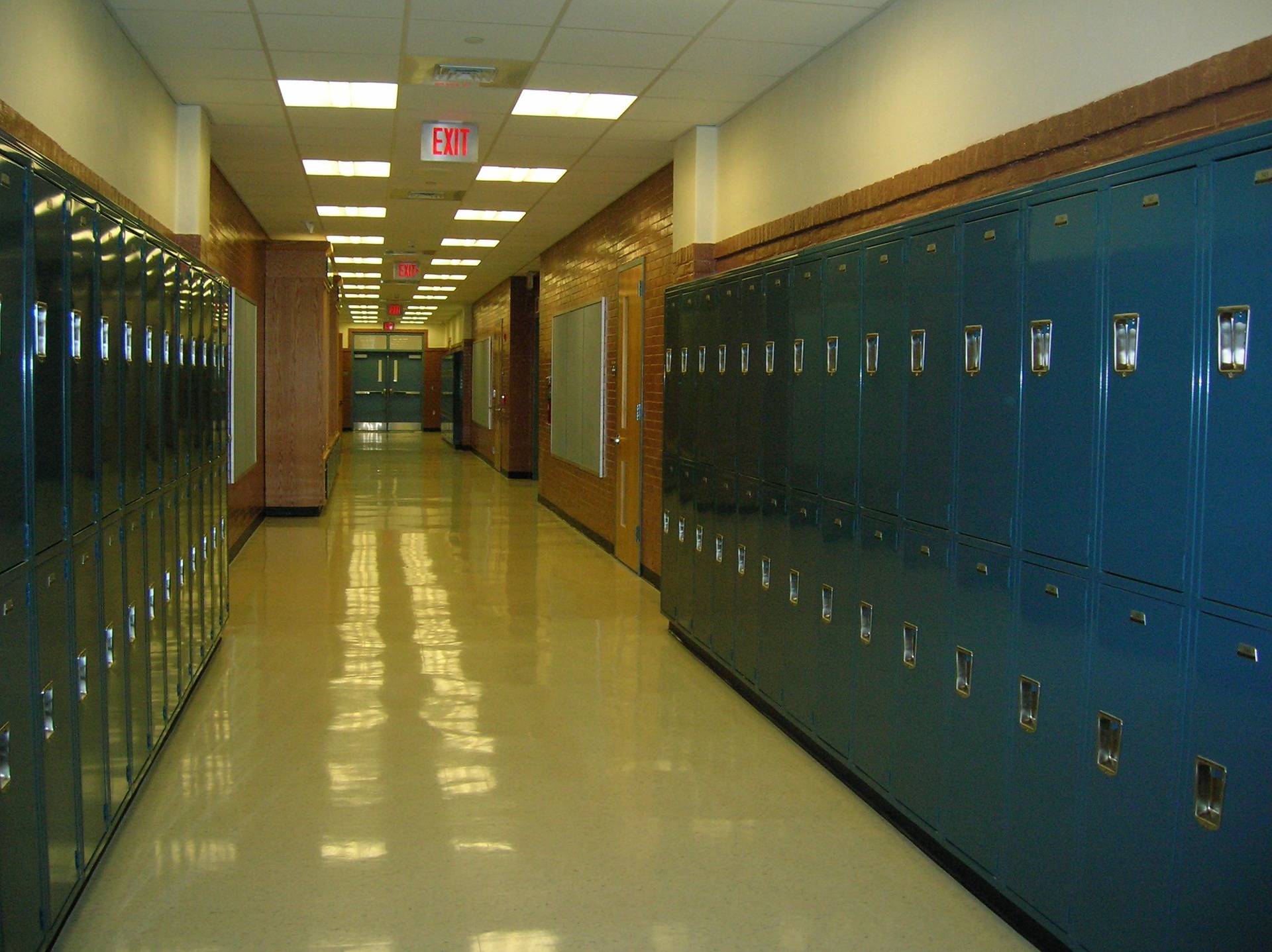The Intriguing Dance Between Technology and Loneliness in the Modern World
Intrigued to explore the captivating ballet between technology and loneliness in our contemporary society? Read below to delve into this complex relationship, examining historical contexts, current trends, and the future implications of this societal dance.

A Historical Perspective: Technology and Human Connection
Technology’s role in shaping human relationships isn’t new; it started with the invention of the printing press, which revolutionized information sharing. As technology advanced, so did our modes of communication, from letters to telegrams, telephones, and finally, the internet. Each innovation brought us closer, but at the same time, raised questions about the quality of these connections.
The Technological Boom and the Birth of Screen Loneliness
With the advent of the internet, smartphones, and social media, our world became more connected than ever. However, a paradoxical trend emerged: the more connected we became, the lonelier we felt. This phenomenon, dubbed “screen loneliness,” has been a cause for concern among sociologists and psychologists alike.
The Current Landscape: Technology-induced Loneliness
Today, we live in a world where our online presence often outweighs our physical one. We are continually connected, yet research suggests we are increasingly lonely. Studies show that heavy social media users are more likely to feel isolated. This points to a potential downside of our hyper-connected world, where meaningful human interactions often play second fiddle to digital ones.
The Societal Implications: A Closer Look
The implications of technology-induced loneliness are vast. From mental health issues like depression and anxiety to societal problems like decreased productivity and social cohesion, the effects are far-reaching. Importantly, this phenomenon is not limited to a specific age group or demographic; it’s a pervasive issue affecting various sections of society.
Looking Ahead: Can We Strike a Balance?
While the relationship between technology and loneliness may seem grim, it’s not all doom and gloom. Technology, if used mindfully, can foster genuine connections and relieve loneliness. The key lies in striking a balance—using technology as a tool to enhance, not replace, real-world interactions. As we navigate this digital age, it’s crucial to remember that technology is a means to an end, not an end in itself.
In conclusion, the dance between technology and loneliness is a complex one, marked by both opportunities and challenges. As we continue to navigate this digital landscape, it’s paramount for us to understand this relationship better and use it to our advantage. After all, the goal of technology should be to bring us closer, not push us apart.




